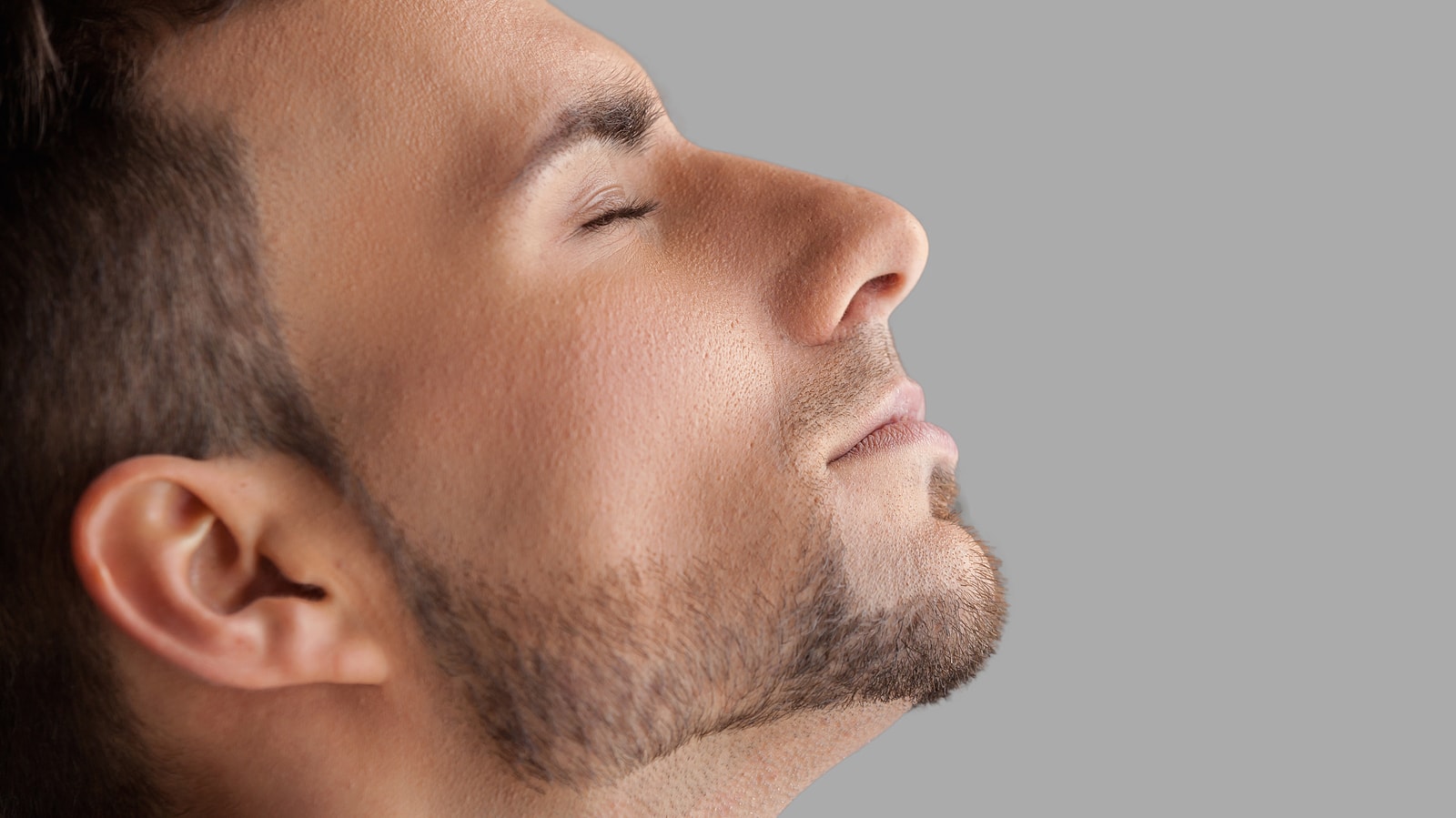

There are times when a patient wants a full set of beard hair but is just lacking in volume or thickness. In cases like these, the best solution is to use scalp hair, and transplant them to create virtually any style of facial hair. Head hair can be grafted using FUE (follicular unit extraction) or FUT (Follicular Unit Transplant). However, it’s important to understand the main causes for hair loss first, before making a decision.
The biggest reason for hair loss is simply genetics. Luckily, males who have a family history of balding can be given Finasteride as soon as it is detected, preventing any further loss. Finasteride can prevent the conversion of testosterone to DHT (the compound that tends to cause balding and hair loss in men and women). If the patient doesn’t have hair loss due to genetics then the hair transplant surgeon will do a more in depth consultation to determine where the hair loss is coming from.
The traditional way of doing scalp to beard hair transplant is to remove a strip of tissue from the back of the scalp, and create grafts. The surgeon then puts each graft in the beard area where the patients want to grow more beard hair.
FUE hair transplant is now being used mainly being for beard hair restoration patients, since there are no visible scars in the donor area of the scalp. Each individual follicle is extracted from different areas in the back of the scalp and later placed to the beard area where the patient wants to grow hair.
Patients should stay in good shape by having adequate amounts of Biotin (a vitamin B complex), zinc, selenium, vitamin A, minerals and exercise. They should also stop smoking and make sure that there’s no body inflammation by having adequate oils in their body.
Risks and side effects for beard hair transplants are very similar to a regular hair transplant, in that, you need good circulation to make sure the hair follicles survive. Patients can lose some of the follicles so good health is important to the transplanted hairs’ survival. Other risks may include: hemorrhage, infections, temporary hair thinning (shock loss), scarring, swelling, or temporary numbness of the treated area.
The results between the two methods are the same; the difference is the amount of grafts that can be harvested in each session. More follicular units can be harvested when using the strip (FUT) hair transplant, but patients should keep in mind that there would be a scar on the back of the head. Luckily, maintaining a certain amount of hair thickness in the back can help cover the scar up.
The follicular unit extraction (FUE) is important for guys who want to have a short haircut. Patients should keep in mind that the surgeon cannot harvest as many grafts as they can with an FUT within one session, so patients who want to have full thickness in their beard might need to have the procedure more than once.
After the facial hair transplant, a wrap is put on the donor area for a day. Since, the hairs are grafted in the scalp and will heal by the natural tissue, within 2 or 3 days, patients should be careful with the transplanted area. Patients need to wash their head after the first day, in a very gentle way. Redness and swelling may occur but the patient’s scalp should go back to normal within a week.
Facial hair, or beard hair transplant is a very specific type of hair restoration procedure and is not only beneficial to those who want to get a full set of beard hair, but also to those who want a thicker beard or just generally more facial hair. From a goatee, mustache or bigger sideburns, anything is possible given that the patient has enough donor hair available.
Written by Cosmetic Town Editorial Team based on an exclusive interview provided by Dr. Norman Rowe of Rowe Plastic Surgery in New York, NY.